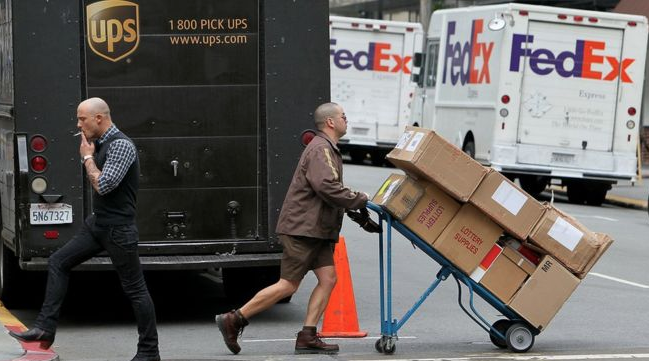PwC Outlines Causes and Shared-Mobility Solutions to Congestion
A new report from PwC, commissioned by the National Parking Association (NPA), explores the underlying causes of congestion and potential solutions in an evolving mobility landscape.
Today, congestion costs the U.S. up to $300 billion each year in lost time and increased cost of goods and services. Congestion is likely to worsen in the short to mid-term, due to an increase in economic activity around city centers.
Congestion it is a downstream effect of population and economic growth. By 2030, U.S. population will rise to 350 million people, with 85 percent commuting into urban areas.
The report notes that the rise of ride-hailing has significantly increased congestion. Transportation network companies (TNCs) put 2.8 miles new vehicle miles on the road for each mile of personal driving removed — an overall 180 percent increase in driving.
At the same time, E-commerce is on a rapid growth trajectory. Online shopping is putting more delivery trucks on the road and increasing congestion, particularly at the curb. Single-package delivery, failed-first delivery, and increases in returns from online sales are the main drivers.
PwC upholds there is no single solution to congestion, and that cities must solve their traffic issues holistically. There are many nodes within the transportation ecosystem and each can be used when tackling congestion: delivery and fleet, private vehicles, parking, bus, rail, ride-hailing, and more.
Parking could potentially be used in new innovative ways to mitigate congestion, mainly at the curb. Transforming garages to be “curb extensions” or mobility hubs allows for short- term parking for TNCs, delivery loading and unloading stations, or storage for shared bikes, scooters, and vehicles.
More here: www.weareparking.org/congestion.
Category: General Update, News











